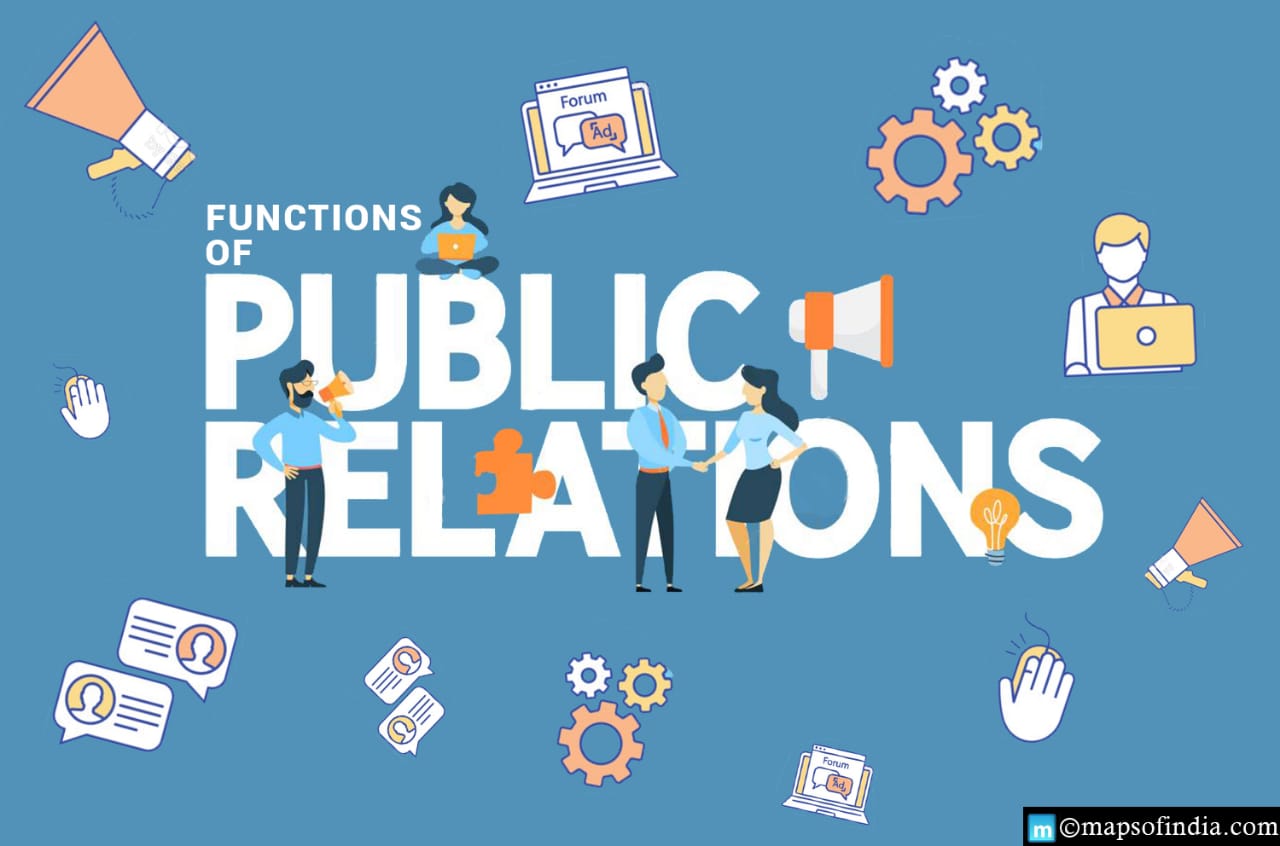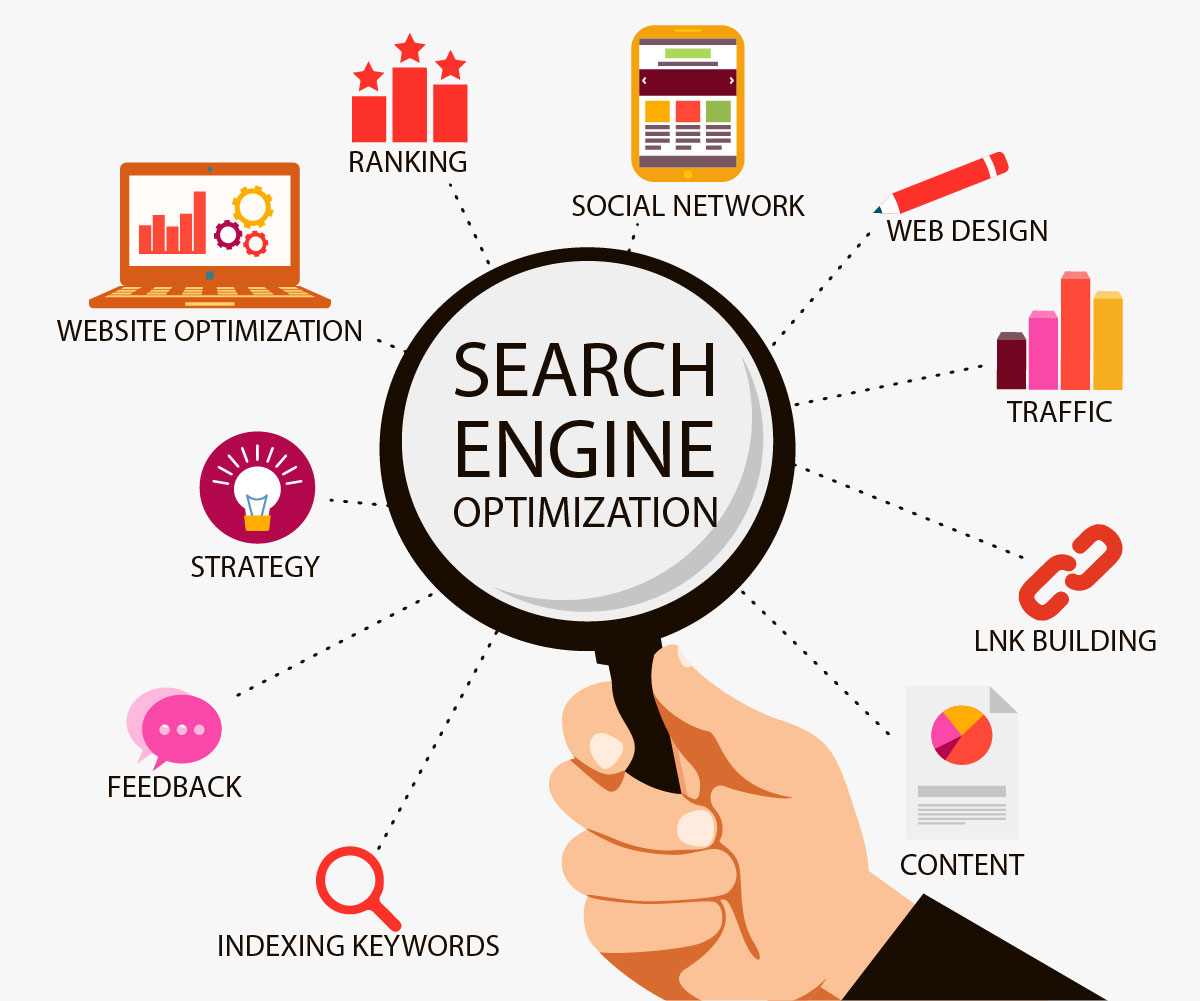
Branding
Branding is a crucial aspect of any successful business strategy. It involves creating a distinct image and reputation for your company, product or service in the minds of your target audience. A strong brand can help differentiate your business from competitors and establish trust and loyalty with customers. A well-executed branding strategy involves careful consideration of your company’s mission, values, and target audience. It requires developing a unique and memorable visual identity through logos, colour schemes, and typography. Consistency is key, and your brand must be reflected in all aspects of your business, from marketing materials to customer service.
Brand recognition is essential for building credibility and trusts with customers. When consumers recognize and trust your brand, they are more likely to choose your products or services over others. This can lead to increased customer loyalty and repeat business. In today’s digital age, online branding is just as important as offline branding. A strong online presence through social media, websites and other digital channels can help extend your brand’s reach and engage with customers in meaningful ways.

Performance Marketing
Performance marketing is a type of digital marketing that focuses on driving specific actions or behaviours from consumers, such as clicks, leads, or sales. It involves measuring and optimizing campaigns based on their performance, rather than just relying on traditional metrics such as impressions or reach. The goal of performance marketing is to achieve a high return on investment (ROI) by targeting the right audience with the right message at the right time. It is a data-driven approach that allows marketers to make informed decisions based on real-time insights.
Performance marketing is often associated with affiliate marketing, where publishers promote products or services on their platforms and earn a commission for each sale or lead generated. However, it also encompasses other channels such as search engine marketing, social media advertising, and email marketing. One of the key advantages of performance marketing is its ability to provide measurable results. Marketers can track the performance of their campaigns and adjust them in real time to improve their effectiveness. It also allows for greater flexibility and control over ad spend, as marketers can allocate budgets to the channels and campaigns that are driving the best results.

Public Relations
Public relations (PR) is a strategic communication discipline that aims to build and maintain relationships between an organization and its stakeholders, including customers, investors, employees, and the general public. It involves managing a company’s reputation through various channels, such as media relations, community outreach, and crisis management. The goal of PR is to create a positive image of the company in the minds of its stakeholders. This is achieved through the development of key messages that align with the company’s mission and values. PR professionals use a variety of tactics, such as press releases, media interviews, and events, to disseminate these messages to the public.
Effective PR can help build trust and credibility with stakeholders, which can lead to increased brand awareness and customer loyalty. It can also help manage reputation in times of crisis or negative publicity. In today’s digital age, PR has expanded beyond traditional media to include social media and online communities. PR professionals must be adept at managing online conversations and engaging with customers in real time.

Advertising
Advertising is a form of marketing communication that aims to promote a product or service to a target audience. It involves creating persuasive messages and using various media channels to deliver them to the intended audience. The goal of advertising is to influence consumer behaviour, such as purchasing a product or service or visiting a website. It requires a deep understanding of the target audience’s needs, wants, and behaviours to develop effective advertising campaigns.
Advertising can take many forms, including television commercials, print ads, digital ads, and outdoor advertising. Each channel has its strengths and weaknesses, and advertisers must choose the most appropriate channel for their target audience and message. Effective advertising requires a strong creative concept that resonates with the target audience. Advertisers must use powerful imagery and persuasive language to capture the attention of their audience and communicate their message effectively. Advertising can be expensive, and advertisers must carefully manage their budgets to ensure they are getting the best return on investment. Measuring the effectiveness of advertising campaigns is crucial, and advertisers use a variety of metrics, such as click-through rates and conversion rates, to evaluate their success.

Search Engine Marketing
Search Engine Marketing (SEM) is a type of digital marketing that involves promoting websites by increasing their visibility in search engine result pages through paid advertising. SEM involves paying search engines such as Google, Bing, and Yahoo to display ads in search results when users search for specific keywords or phrases. One of the primary goals of SEM is to create effective ad campaigns that target specific keywords and demographics. Ad campaigns can be customized based on a variety of factors, such as geographic location, device type, and search history.
Other important factors in SEM include ad copy-writing, landing page optimization, and bid management. Ad copy-writing involves creating compelling and relevant ads that encourage users to click through to a website. Landing page optimization involves creating landing pages that are specifically designed to convert visitors into customers. Bid management involves setting and adjusting bid prices for ads to ensure maximum return on investment.

Facebook Campaign
A Facebook campaign is a type of digital marketing strategy that involves promoting businesses or brands on the Facebook platform. Facebook has become one of the most popular social media platforms with billions of active users, making it an ideal platform for businesses to connect with their target audience and promote their brand. One of the primary goals of a Facebook campaign is to create engaging and shareable content that resonates with the audience. Content can include posts, images, videos, and ads. Other important factors in a Facebook campaign include audience targeting, ad copywriting, and ad placement.
Audience targeting involves understanding your target audience’s demographics, interests, and behaviours to create ads that are specifically tailored to their needs and preferences. Ad copywriting involves creating compelling and relevant ads that encourage users to click through to a website or make a purchase.

Google Ads
A Google Ads campaign is a type of digital marketing strategy that involves promoting businesses or brands through paid advertising on the Google search engine and its partner sites. Google Ads is a powerful tool that allows businesses to reach their target audience based on keywords, demographics, and geographic location. One of the primary goals of a Google Ads campaign is to create effective ad campaigns that target specific keywords and demographics. Ad campaigns can be customized based on a variety of factors, such as geographic location, device type, and search history.
Other important factors in a Google Ads campaign include ad copy writing, landing page optimization, and bid management. Landing page optimization involves creating landing pages that are specifically designed to convert visitors into customers. Bid management involves setting and adjusting bid prices for ads to ensure maximum return on investment.

Pay-per-click (PPC)
Pay-per-click (PPC) is a type of online advertising where advertisers pay a fee each time one of their ads is clicked. It is a popular model for digital marketing that allows businesses to reach their target audience and drive traffic to their website. PPC advertising can be done on various platforms, including search engines like Google, social media platforms like Facebook, and other websites that offer display advertising.
One of the primary benefits of PPC advertising is that it allows businesses to reach their target audience with precision. Ads can be targeted based on specific keywords, demographics, and geographic location. Other important factors in PPC advertising include ad copywriting, landing page optimization, and bid management. The process of crafting effective advertisements involves writing ad copy that is both persuasive and relevant to the target audience, thereby increasing the likelihood of users clicking through to a website. Additionally, optimizing landing pages is crucial to converting visitors into customers, as these pages are designed with the specific goal of driving sales.

Affiliate Marketing
Affiliate marketing is a type of performance-based marketing where businesses pay affiliates (publishers, influencers, bloggers, etc.) a commission for promoting their products or services. Affiliate marketing is a popular model for digital marketing that allows businesses to reach their target audience and drive sales without upfront costs. One of the primary benefits of affiliate marketing is that it allows businesses to reach a wider audience through the network of affiliates. Affiliates promote the business’s products or services on their website or social media channels and receive a commission for every sale made through their unique affiliate link. This incentivizes affiliates to promote the products or services to their audience and drive sales.
Other important factors in affiliate marketing include choosing the right affiliates, creating effective affiliate programs, and tracking performance metrics. Choosing the right affiliates involves selecting partners who have a relevant audience and a strong following. Creating effective affiliate programs involves setting commission rates, creating marketing materials, and establishing clear terms and conditions. Tracking performance metrics involves monitoring sales, clicks, and other key performance indicators to optimize the program for maximum return on investment.
